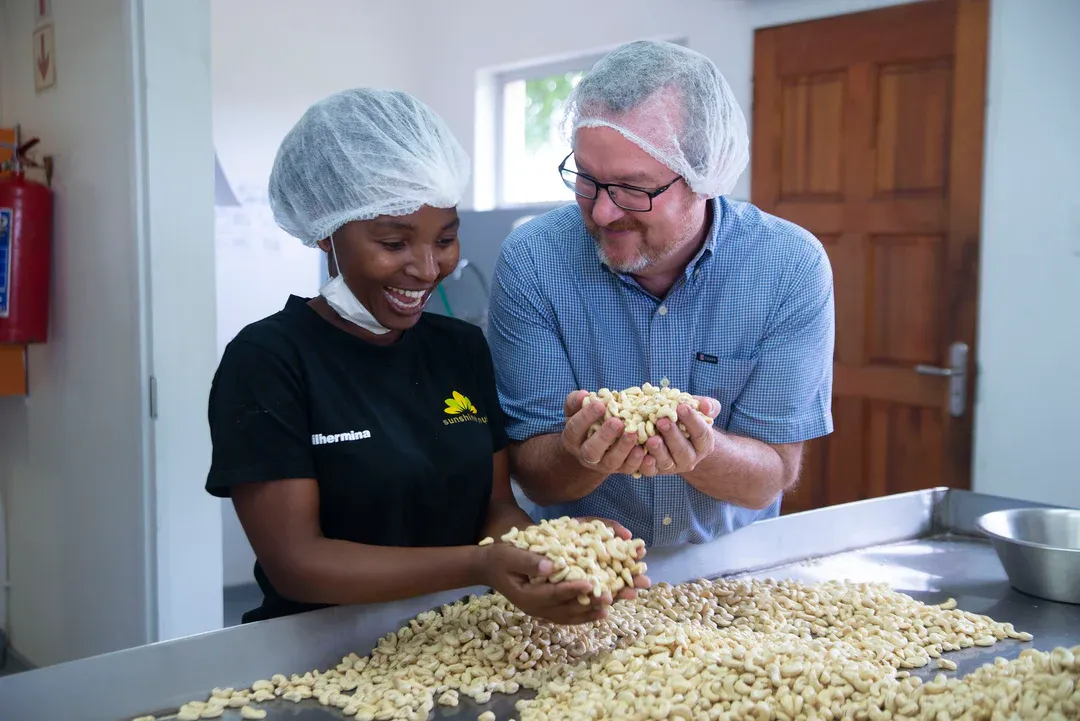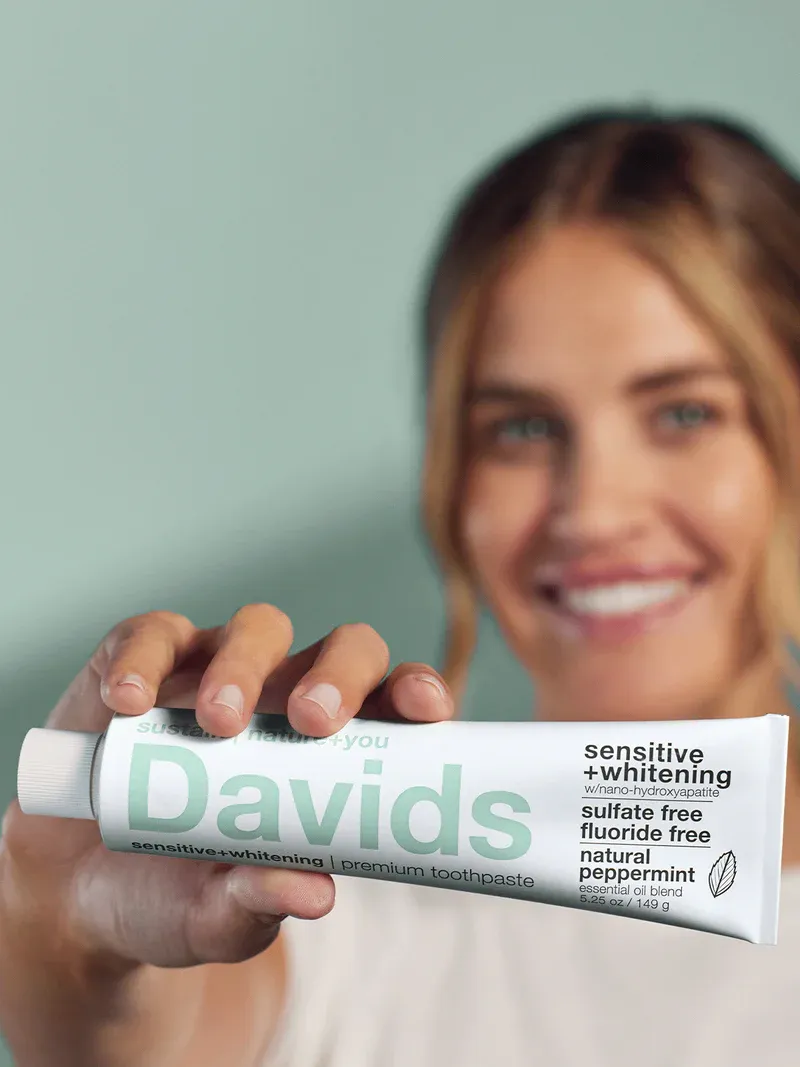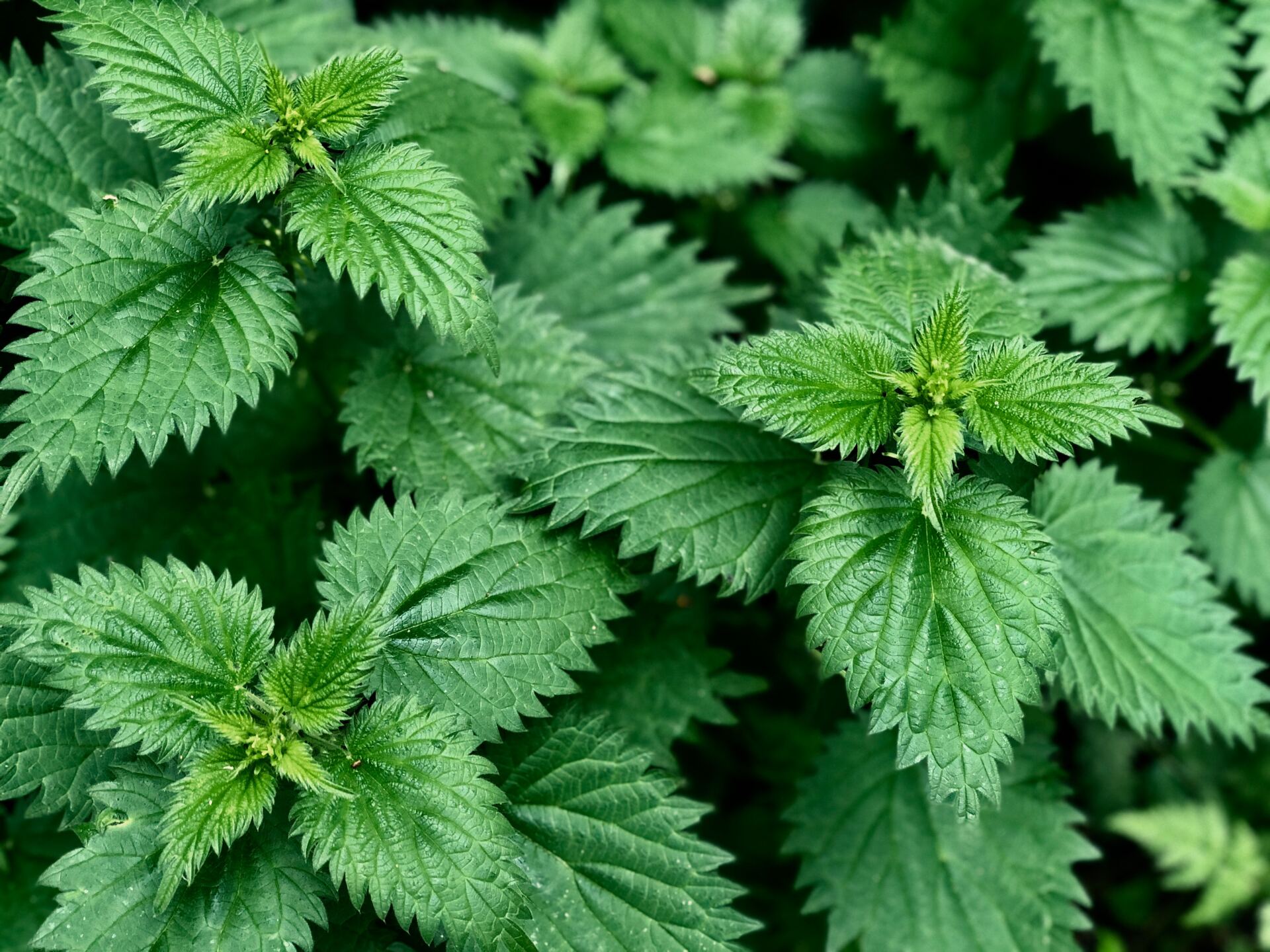








Having straight teeth can be a sign of health and wealth. Not only are straight teeth easier to clean, they’re also less likely to accumulate dental plaque. Crowded teeth, in contrast, can be much more difficult to clean, and have been linked to a higher incidence of gum disease and dental infection. But what causes crowded teeth? How do they affect our health? And what’s the best way to fix them?
What causes crowded teeth?
Malocclusion, also referred to as tooth crowding or crowded teeth, happens when there isn’t enough space inside the mouth for permanent teeth to grow straight. This can lead to teeth growing in at an angle, crooked, and overlapping. There are various degrees of tooth crowding ranging from mild to severe. In some cases, one or two teeth are affected. In others, nearly all of the teeth can be impacted by the lack of space.
Crowded teeth can be caused by several different factors.
In some cases, crowded teeth can be caused by genetically bigger teeth in tandem with smaller palates. In others, early loss of a primary (baby) tooth can leave behind an empty space that other teeth may shift towards to fill. Over-retaining baby teeth can also lead to adult teeth growing in twisted or crooked.
Our upper and lower jaws are meant to fit together perfectly. When misaligned teeth keep this from happening, there are several ways it impacts our overall health.
In addition to an increased risk for gum disease and cavities, individuals with crowded teeth are more susceptible to:
- Tooth sensitivity
- Teeth grinding
- TMJ disorders
- Headaches, and
- Trouble chewing
Misaligned teeth can cause one side of your jaw to experience use, leading to soreness and other issues. Signs of a TMJ issue include jaw pain, frequent headaches, neck pain, and popping in the jaw.

How Our Jaws Have Changed
Over the years our jaw formation has changed drastically. In the past, mothers breastfed their children longer, allowing the child to develop proper tongue placement along the roof of their mouth. This proper tongue placement is key to the upper maxilla (jaw) expanding and growing towards its natural, genetic potential. In addition to this, the softer foods now common in our Western diet have led to decreased use and exercise of our jaw muscles, further keeping the jaw from developing as it has in the past. Without proper tongue placement and jaw muscles developing the same way they have in the past, our jaws haven’t had the ability to develop properly and provide adequate space for teeth to grow straight.
HealthyStart® and Vivos® Oral Appliance Therapy to Correct Malocclusion
At Ecologic Dentistry we offer several options to help address issues of overcrowding.
The best way to fix an issue is to keep it from becoming a problem in the first place. HealthyStart® and Vivos® aims to do just this. HealthyStart ® and Vivos® oral appliances are designed for children to guide the growth of the jaw out of malocclusion while at the same time promoting healthy breathing habits. These devices encourage proper tongue placement and proper breathing, through the nose. This proper tongue placement helps guide the jaw towards natural expansion, creating enough room for future teeth to grow in straight.
For those of us who already have adult teeth with malocclusion, Vivos ® oral appliance therapy assists in growing the jaw towards its genetic potential to create more room in the mouth for teeth to align while promoting a healthy airway.
To see if HealthyStart ®or Vivos® oral appliance therapies are right for you, join our free online presentation; GROW, BREATHE, SLEEP, BREATHE or call us for a consultation with Dr. Yamashiro today at 253.863.7005. We are located at 8412 Myers Rd. E. Ste 301 in Bonney Lake, WA 98391.










Please give us a call for today’s deli hours as they can vary due to staffing.
Grab and go options are always available until close.
FEDERAL WAY
Monday-Saturday: 8 am - 8 pm
Sunday: 9 am - 7 pm
Please call for current deli counter service hours. Grab and go options available until closing.
2565 S. Gateway Center Place
Federal Way, WA 98003
TACOMA
Monday-Saturday: 8 am - 8 pm
Sunday: 9 am - 7 pm
Please call for current deli counter service hours. Grab and go options available until closing.
2951 S. 38th Street
Tacoma, WA 98409